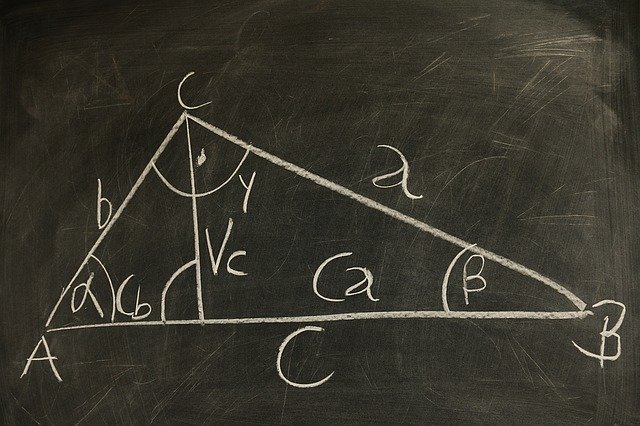
Consecutive angles share a side and have the same vertex.
Knowing the etymological origin of the two words that give shape to the term consecutive angles is what we are going to do now. In that case this is what you need to know:
-Angle comes from the Greek word "ankulos", which meant "crooked", and which passed it into Latin with the current meaning of angle through "angulus".
-Consecutive, on the other hand, comes from Latin. Exactly it derives from "consecutivus", which can be translated as "he who continues without interruption." It is formed by the sum of three clearly differentiated elements: the prefix «con-«, which can be translated as «together»; the verbal form "sequi", which can be translated as "follow", and finally the suffix "-tive". This is used to indicate a passive or active relationship.
What are consecutive angles
An angle is a figure of geometry that is formed by two rays that share a vertex of origin. Consecutive , on the other hand, is an adjective that refers to that which immediately follows something.
Consecutive angles , also called contiguous angles , are angles that have a common side and the same vertex . These angles, therefore, share a side and vertex and are located next to each other.
The sum of the consecutive angles is equal to the angle formed by what are the non-common sides of the angles.

Consecutive angles are also known as contiguous angles.
Adjacent and conjugate angles
It should be noted that consecutive angles are also adjacent angles : the definition of adjacent angles refers to a shared side and vertex, but also adds that the other two sides must be opposite rays.
Exactly, it is determined that adjacent angles are angles that are both complementary and consecutive.
Conjugate angles , on the other hand, are consecutive angles. The theory tells us that conjugate angles have their sides and the vertex of origin in common, like consecutive angles, and add up to 360º (a perigonal angle ).
Other types of consecutive angles
We can find consecutive angles in certain cases of complementary angles . Let's remember that complementary angles add up to 90º . When these two complementary angles are consecutive, the sides that do not have in common form the right angle in question.
Supplementary angles , whose peculiarity is that they add up to 180º (a straight angle ), can also be consecutive angles when their vertex and one of their sides are shared.
More classifications
It should be considered that each angle consecutive to another can be an acute angle (measures more than 0º and less than 90º ), a right angle ( 90º ) or an obtuse angle (more than 90º and less than 180º ).
In addition to these types of angles that concern us, there are many others that are equally important in the field of mathematics, such as opposite angles. These are the ones that are characterized because they have a vertex in common and the sides of one become what is the extension of the others.
In the same way, we cannot ignore that there are cases of convex angles, concave angles and even straight angles that are considered consecutive angles.
